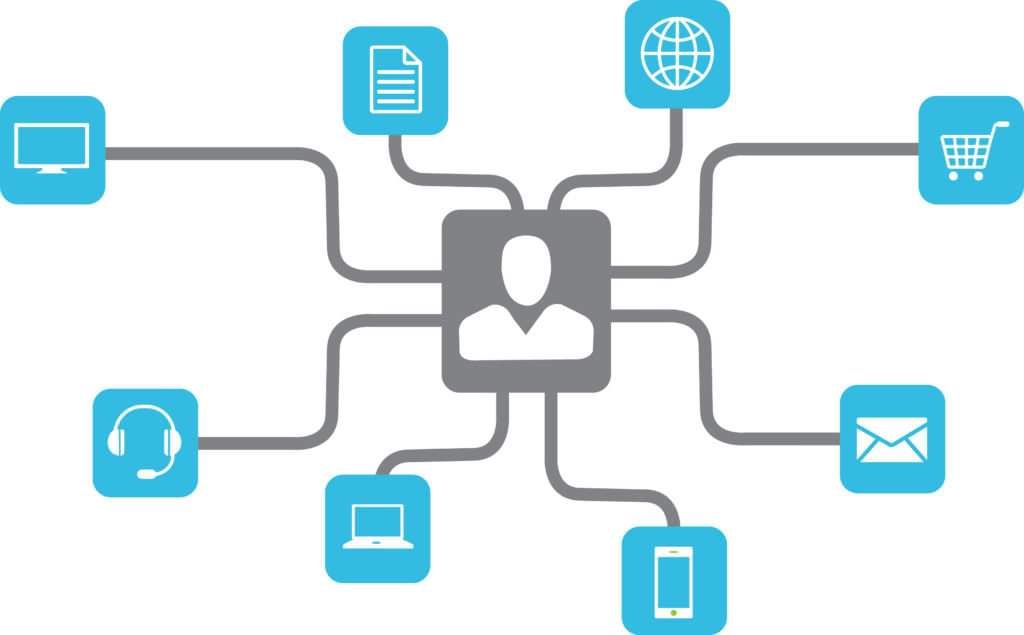President Frank Flynn
Distance Learning Tip Sheet
The RI Federation of Teachers & Health Professionals recognizes that we are entering some very new and challenging territory as Governor Raimondo has directed all schools to move to Distance Learning Options for at least the weeks of March 23rd and 30th. We know our districts are in different places regarding their experience with on-line and other technology-based instruction and that each district will be guided by its District Learning Plan as we try to support and further our students’ learning during this crisis. Not all distance learning will be conducted online, but we know that many of our members will be asked to conduct lessons, provide and assess assignments and communicate with students online and that many will need support in doing so.
The RIFTHP appreciates the hard work, expertise, and caring you are bringing to this effort and we hope to provide you with resources and support through our RIFTHP PD Network. With help from our RIFTHP local union PD and Tech experts, we will be providing “tips” for distance learning and tools to support your use of on-line distance learning technology, including what we hope will be a “virtual help desk” or other opportunities to answer your questions. As they are developed, these resources will be available to you through links provided by your Local Union President and Local Site Coordinator, and on the RIFTHP website and Facebook page. This is a “work in progress” for us at the RIFTHP, too, but we will keep you posted about available supports as they are ready.
To get started, here are a few “tips” to help you successfully begin this new way of “schooling”:
- Make sure to familiarize yourself with your district’s Distance Learning Plan and expectations for you in terms of providing instruction and communicating with students and families. What are you being asked to do? How often? What resources are being provided for you and for your students?
- Don’t try to do too much at once. Choose a few digital tools that you and your students are either already familiar with or tools that are intuitive and easy to use. Less is more! Start slowly, be reasonable (with yourself and your students), know that we are doing something we have never done before, that we will get better at this every day, and that we CAN do this.

- If you are going to hold any live sessions, be sure to record them. This will allow students who cannot participate at that time to access the content/learning/conversation. Providing these opportunities to talk in real time will be important for students who need to connect with an adult. Prioritize wellness over academics!
- This is new to students and families, too. Be sure to give clear instructions and let students know how much time you expect an activity to take. Their feedback on time estimates and what works will be crucial to adjusting our instruction and activities to work in this space.
- Make sure to follow the requirements that your district has set. Schedule school hours for yourself and stick to them! Teens will be working later and reaching out with questions, and parents will likely reach out after hours as well. Set appropriate boundaries because self care will be critical as we navigate this new endeavor.

- Identify a space in your home to present from. If you are going to run live groups or video parts of lessons make sure that you are comfortable with what will be visible to students and their families.
- Be flexible (with yourself and your students)! In some homes students may be sharing one device with a parent working and a sibling. They may not be able to log on at certain times or complete work by suggested deadlines. Work with students so that they can get the most out of the learning activities, but be mindful of our role to support families during this difficult time.
- Model lots of new and important behaviors in virtual spaces: how to post and respond in discussions, how to provide each other with appropriate feedback in or on docs and videos, how to mute when others are talking and use chat tools to post questions, etc.
Be on the lookout for some video tutorials, live PD sessions and a virtual help desk coming from the RIFTHP soon. Please take a few moments to complete this survey so that we can tailor these offerings to meet your needs.

If you are looking for a few on-line resources for support, you may find the AFT’s Share my Lesson site which has a host of Coronavirus information as well as thousands of lesson ideas across grade levels and subject areas and the Colorin Colorado site which has resources for teachers and parents to support Multilingual learners, helpful. We will be developing a more comprehensive list of resources and developing a few customized tutorials based on your survey responses that we hope to make available and share with you next week, so please “stay tuned”.
On behalf of RIFTHP President, Frank Flynn, and our Local Union Presidents and PD experts who are working to help make these resources available to you, I thank you for everything you are doing to support each other, our students and our families as we engage in this “grand experiment”. Please take care of yourselves and your loved ones and stay safe and healthy. I have every confidence that, together, we’ll get through this.
In solidarity,
Colleen
Colleen A. Callahan, Ed.D.
Director of Professional Issues
RI Federation of Teachers & Health Professionals
ccallahan@rifhp.org

